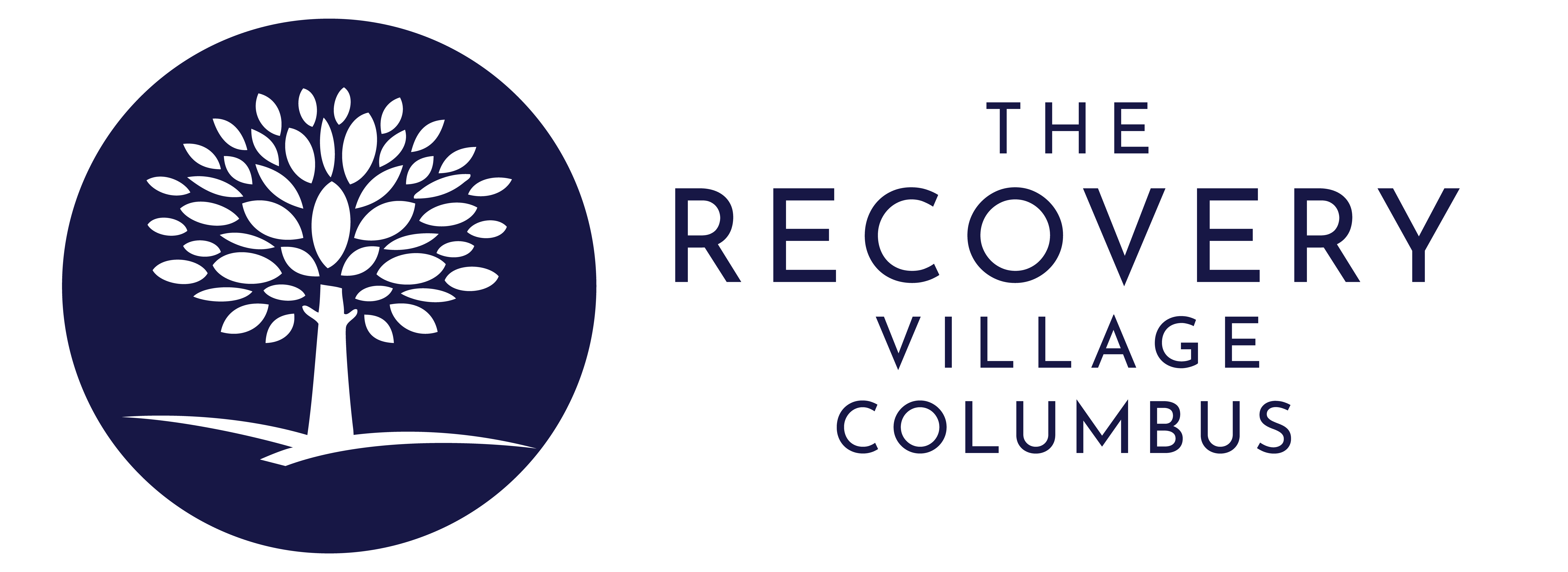Ecstasy Withdrawal: Symptoms, Timeline & Detox Treatment

By The Recovery Village Columbus
Last Updated: October 27, 2022
Article Overview
Understanding ecstasy use and what to expect during detox and withdrawal can help you make informed choices. Key points to keep in mind include:
- Ecstasy is a common name for the synthetic drug 3,4-methylenedioxymethamphetamine (MDMA)
- A 2017 assessment of over 500 ecstasy pills found that only 60% contained any MDMA
- Common ecstasy adulterants include dangerous drugs like methamphetamine and cathinones (“bath salts”)
- Due to the presence of adulterants, symptoms associated with detox and withdrawal can be unpredictable and inconsistent
- Because of ecstasy’s unpredictability, medical detox may be the safest and most effective treatment option
- Professional rehab facilities that offer residential, outpatient and aftercare programs may provide the most effective ways to achieve long-term sobriety
Ecstasy Withdrawal Symptoms
Evidence suggests that MDMA itself has a low risk of dependence/addiction and consequential withdrawal symptoms. However, MDMA and ecstasy are not equivalent, and ecstasy is often a combination of drugs in varying ratios. This factor makes it difficult to define reliable and consistent ecstasy withdrawal symptoms. However, the most common ecstasy adulterants are associated with characteristic symptoms that may be informative when working with an addiction specialist.
Studies evaluating the chemical composition of ecstasy found that the most common adulterants are amphetamines (typically methamphetamine, which is highly addictive), synthetic cathinones (“bath salts”; the chemicals methylone, butylene and pentylone are regularly found in ecstasy and are dangerous and addictive), cocaine and, less commonly, heroin. Making matters worse, one study found that an alarming 43% of ecstasy samples contained unknown adulterants.
Withdrawal symptoms associated with different drugs often substantially overlap. Methamphetamine, cathinones, cocaine and heroin withdrawal have some similar symptoms, although the severity of the symptoms may be different for different drugs. Heroin is particularly notorious for causing profoundly uncomfortable and debilitating withdrawal symptoms.
Many drugs have unique symptoms as well. An experienced addiction expert can use the symptoms that are present during ecstasy withdrawal to determine the likely drug(s) that are influencing withdrawal and develop the most appropriate plan for safe and effective detox and acute withdrawal. In addition, they can help predict whether persistent withdrawal symptoms may occur after acute withdrawal and how to best address them.
Physical Withdrawal Symptoms
Because ecstasy can be adulterated with different substances, understanding the withdrawal symptoms of those substances can give people an idea of what the possible ecstasy withdrawal symptoms can be. Physical withdrawal symptoms that are common to meth, cathinones, cocaine and heroin use include:
- Tremors
- Headache
- Appetite changes
- Insomnia
- Fatigue
Non-overlapping physical symptoms associated with one or more of the drugs may include:
- Itching (meth)
- Dry mouth (meth)
- Elevated body temperature (meth)
- Gastrointestinal problems (cathinones, heroin)
- Increased body secretions: Runny nose, teary eyes, and sweaty skin (heroin)
- Muscle aches, twitching or shivering (heroin)
- Yawning or sneezing (heroin)
- Severe flu-like symptoms (heroin)
- Mood disorders (cocaine)
Psychological Withdrawal Symptoms
Psychological withdrawal symptoms that are common to meth, cathinones, cocaine and heroin use include:
- Depression
- Anxiety
- Irritability
- Mood swings
- Sleep disturbances
- Fatigue
- Inability to focus
- Cravings
Additional non-overlapping symptoms can include paranoia for meth and cathinones. Cathinones can cause amnesia.
How Long Does Ecstasy Withdrawal Last?
The duration of ecstasy withdrawal will be heavily dependent on the drug(s) that contribute to dependence or addiction. However, generalizations can be made. Withdrawal symptom onset for many drugs that are included in ecstasy will generally occur within the first 24 hours after the last dose, sometimes as early as four to six hours. Acute withdrawal symptoms tend to peak between 36 to 72 hours after last use, and gradually abate over the next week or so.
Factors Affecting Withdrawal Duration
Ecstasy is unique in that withdrawal may be due to one or more drug dependencies or addictions, each of which can have different expected durations. The degree of addiction will substantially affect the duration of withdrawal. In addition, polysubstance use is prevalent among ecstasy users, and that may prolong withdrawal symptoms. Health status, mental status and genetics can also influence how long detox will take.
Treating Ecstasy Withdrawal
The first step toward recovery is to undergo an evaluation with an addiction expert, ideally someone who is associated with a quality full-service rehab center that can develop a customized rehab plan that will address your specific needs. It is important that you are honest and forthcoming during the evaluation to receive your best treatment plan. Recommendations after the evaluation can range from immediate admittance to a medically assisted detox program to a low-intensity outpatient program.
Medical Detox
Chronic ecstasy use may lead to serious addictions that can cause uncomfortable withdrawal symptoms. Medically assisted detox involves the care of medical professionals who can intervene in the case of complications. In addition, clients have 24/7 access to addiction experts who can address questions and concerns as they arise. In some cases, symptoms associated with ecstasy detox may be so severe that it is appropriate for the medical team to provide medications that will ease the discomfort.
Outpatient Detox
People with mild dependence issues are candidates for outpatient detox. There are different levels of outpatient detox, ranging from programs where the client remains on-site throughout detox without the intense supervision associated with medical detox to low-supervision programs that allow the client to live at home but receive daily check-ups and therapy sessions.
Detoxing at Home
Some people may elect to detox at home without consulting with an addiction specialist first. While this may be successful for some people, detox and withdrawal symptoms can be overwhelming and relapse is unfortunately very common for people who try to detox at home. Making matters worse, people who detox at home may be faced with triggers that are extremely difficult to resist.
Even if you plan on detoxing at home without participating in any rehab program, it is well worth it to get an evaluation before you begin the detox process. An expert evaluation will provide you with an overview of what you can expect during the detox and acute withdrawal process. In some cases, a medical professional may be able to recommend ways that you can attenuate symptom severity at home (although there are no known home solutions that are genuinely and reliably effective for the treatment of withdrawal symptoms).
Finding a Detox Center in Ohio
All ecstasy rehab centers are not alike, and there are several considerations to keep in mind as you evaluate programs. Ecstasy rehab has unique challenges and potential complications, so finding the right program for you is important. Considerations to maintain include:
- Multidisciplinary approach: Because of the unpredictable nature of ecstasy detox and withdrawal, make sure that your program has medical professionals and recovery experts who can address your specific physical and psychological aspects of recovery using different therapeutic approaches. For example, the Recovery Village Columbus offers traditional therapeutic methods as well as newer evidence-based therapies like yoga and equine therapy.
- Ability to identify co-occurring disorders: For some people, regular ecstasy use is a way to manage symptoms of an undiagnosed mental health disorder. A program that can determine whether a dual diagnosis is appropriate can maximize short- and long-term success in recovery by addressing both disorders as a part of a comprehensive plan.
- Program customization: Rehab programs should fit you, not the other way around. Look for programs that are tailored to suit your needs.
- Staff-to-client ratio: Especially if you participate in medical detox and a subsequent residential program, a low staff-to-client ratio is imperative in order for you to get the attention and care you need.
- Accreditation: Accreditation through either The Joint Commission or CARF International guarantees a consistent standard of care.
Sources
Saleemi, Sarah; Pennybaker; Steven J; Wooldridge, Missi; Johnson, Matthew W. “Who is ‘Molly’? MDMA adulterants by […]n services at raves.” Journal of Psychopharmacology, 2017. Accessed September 9, 2019.
Kalant, Harold. “The pharmacology and toxicology of “ec[…]) and related drugs.” Canadian Medical Association Journal, October 2001. Accessed September 7, 2019.
Palamar, Joseph. “MDMA Vs. Ecstasy: How They Differ, Risks[…]its You Need to Know.” Medical Daily, December 9, 2016. Accessed September 8, 2019.
Palamar, Joseph J; Barratt, Monica J. “Prevalence of reagent test‐kit use and[…]ene in New York City.” Drug and Alcohol Review, December 2018. Accessed September 7, 2019.

Questions?
Our Recovery Advocates are ready to answer your questions about addiction treatment and help you start your recovery.
